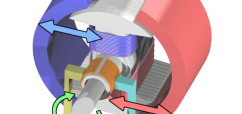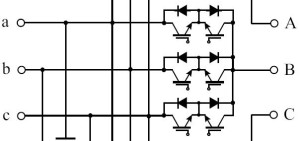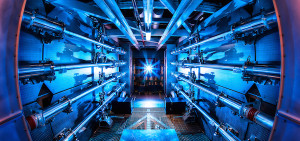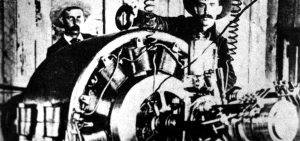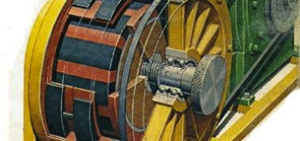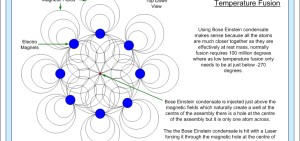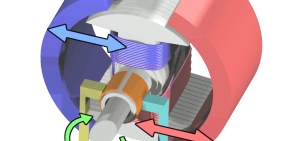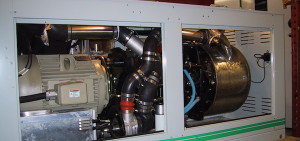For a lot of people, the mere mention of magnetic generators and other free energy devices elicits eye rolls and groans of impatience. Most people are so accustomed to the accepted, conventional wisdom that they struggle to even contemplate accepting something that falls outside the norm. That includes professors at MIT, who have a reputation for excellence. Their experiments are original, based in sound science and methodology, and are beyond reproach.
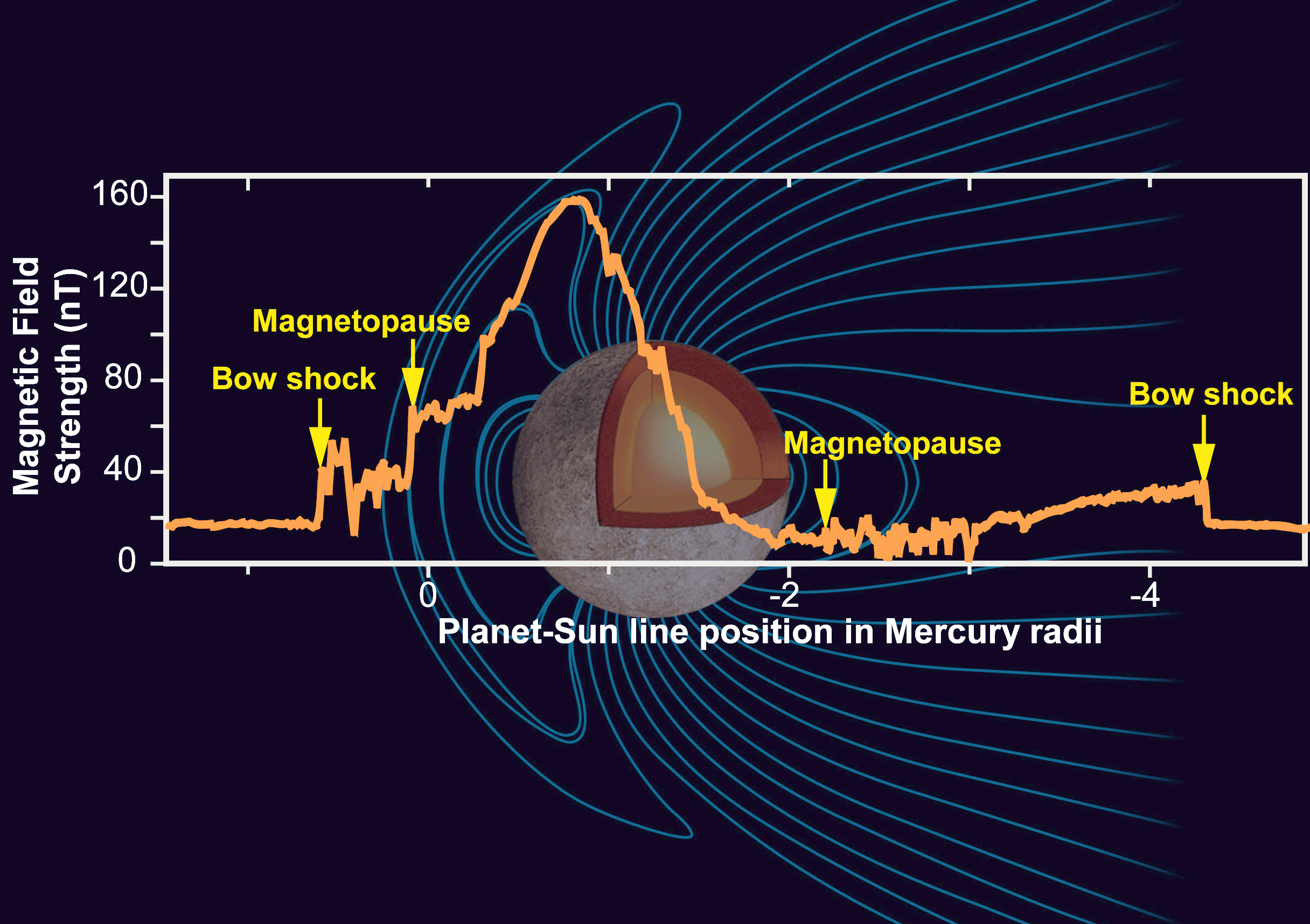
That’s why it was so interesting when an MIT professor was shown a demonstration of a functioning magnetic generator that created a positive energy feedback loop, and the MIT professor was unable to explain how or why. Haven’t heard of this? It’s not surprising. This is exactly the kind of story that the mainstream media likes to bury.
Meet Thane Heins
The device was built by a man named Thane Heins, who’s in his fifties now, a Canadian who has been working on his pet project since 1985. He’s not a formally trained scientist, and is the first to admit that he does not understand the physics behind the device he created. That’s actually why he wanted to show it to someone from MIT or some other well-respected research facility so he could get a better understanding of what was happening when he turned the device on.
The professor he approached was Markus Zahn, who is an expert in electromagnetic systems. He was expecting that Zhan would be able to quickly and easily explain what was going on, but as it turned out, both men were surprised when he couldn’t. Not wanting to be dismissed out of hand, Heins was very careful not to use the term “perpetual motion” when explaining his device, but as it turns out, that was exactly what was demonstrated.
How The Heins Motor Works
Heins’ design is a lesson in simplicity. It’s an electric motor ringed ‘round with magnets. The expectation was that the magnets ringing the edges of the motor would create a “Back EMF Field” that would act as a brake on the motor and eventually slow it to a stop. What happened instead was exactly the opposite. The Back EMF field acted as a boost to the motor’s performance and created a positive feedback loop, causing the motor to spin faster. As the motor spun faster, it strengthened the Back EMF field, which caused the motor to spin faster still. This process continued until the magnets literally flew off of their mountings and the men had to duck for cover.
After the experiment, nobody knows what happened. It raised astonishing, interesting questions, Zahn agreed that it warranted further study, and then…nothing. Readers, have you heard of the Heins experiment before this? If you have any information on what happened after the 2008 demonstration, write in and let us know!


